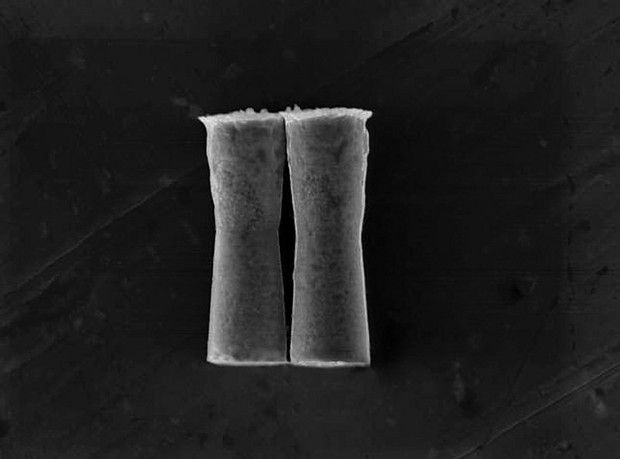In a recent paper in the journal ACS Nano, researchers with the University of California, San Diego, in the US make a case of how, sometime in the not-too-distant future, it might be possible to use teeny tiny motors to deliver drugs directly to one organ or another, maybe even probe hard-to-reach tumors.
The scientists go on to explain that, contrary to what some might assume, such scenarios are not complete mumbo-jumbo. Thus, they say that, in a recent series of experiments, they managed to convince such motors to move about in the bodies of lab mice.
What's more, the researchers University of California, San Diego insist that, as surprising as this may sound, the so-called micromotors that they toyed with and that they set loose inside laboratory rodents were powered not by any conventional fluid but by stomach acid.
Using stomach acid to power microscopic motors
In the report detailing their work, the scientists behind this research project explain that the microscopic motors that they experimented with were made of zinc and each measured about one-fifth the width of an average human hair across.
When hundreds of such motors were set loose in the body of several laboratory mice, the zinc in their makeup reacted with the stomach acid and birthed a stream of minuscule bubbles of hydrogen that served to make them move forward.
More precisely, the researchers say that the hydrogen bubbles propelled the micromotors towards the lining of the mice's stomach at a speed of about 60 micrometers per second. Having reached the lining, the motors buried themselves in it and eventually dissolved.
During these experiments, the microscopic motors were used to deliver gold nanoparticles. Working together, they successfully delivered 168 nanograms of gold per gram of stomach tissue. When gold nanoparticles were administered orally, just 53.6 nanograms per gram reached their target.
Transforming the face of medicine
The University of California, San Diego scientists who developed and tested these microscopic stomach acid-powered motors imagine that, one day, their minuscule devices will be used to deliver drugs to one organ or another, maybe even study tumors that are otherwise hard to reach.
“It's the motor that can punch into this viscous layer and stay there, which is an advantage over more passive delivery systems,” specialist Liangfang Zhang said in a statement, as cited by Science Daily. “This initial work verifies that this motor can function in a real animal and is safe to use,” the researcher added.

 14 DAY TRIAL //
14 DAY TRIAL // 

